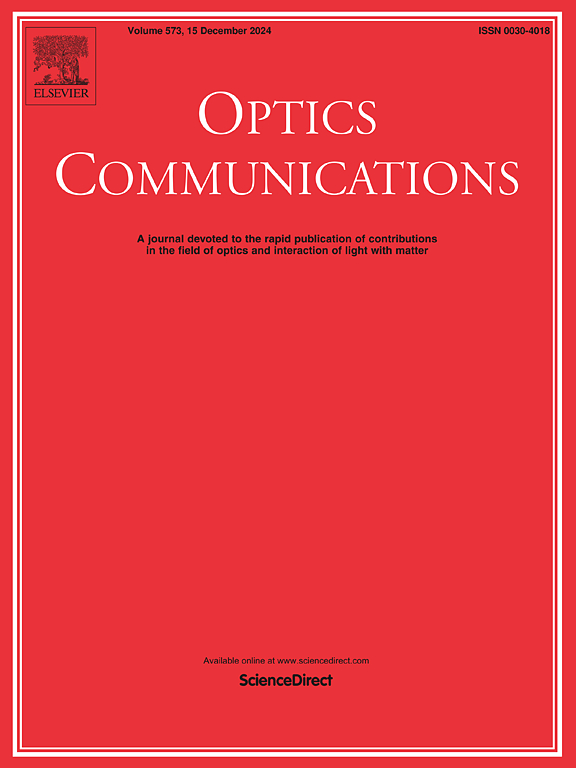A novel and calibration-simple structured light 3D reconstruction system based on parallel-axis-display system
IF 2.5
3区 物理与天体物理
Q2 OPTICS
引用次数: 0
Abstract
Triangular stereo model and phase-height model are two commonly used methods in the field of 3D reconstruction. The former requires complex and time-consuming system calibration, and the projector’s nonlinear errors can significantly affect measurement accuracy. The latter requires strict geometric constraints or the use of a high-precision displacement platform to establish the relationship between phase and height for 3D reconstruction. This paper proposes a 3D reconstruction model based on a parallel-axis-display screen system, composed of a projector, camera, and display screen. The model uses the display screen as a reference plane and only requires that the optical axes of the projector and camera be parallel to each other and perpendicular to the display screen. This geometric condition is easy to achieve, and there is no need to establish the relationship between phase and height. Additionally, the model effectively addresses the projector’s nonlinear response errors. For any point in space, its coordinates can be calculated based on the geometric relationships in the system, without the need for complex system parameters. Experimental measurements of standard gauge blocks and sphere confirm the validity of the proposed parallel-axis-display screen system.
基于平行轴显示系统的结构光三维重建系统
三角立体模型和相位高度模型是三维重建领域常用的两种方法。前者需要复杂且耗时的系统校准,并且投影仪的非线性误差会显著影响测量精度。后者需要严格的几何约束或使用高精度位移平台建立相位与高度的关系进行三维重建。本文提出了一种基于平行轴显示屏幕系统的三维重建模型,该系统由投影仪、摄像机和显示屏幕组成。该模型以显示屏为参考平面,只要求投影仪和摄像机的光轴相互平行,垂直于显示屏。这种几何条件很容易实现,不需要建立相位与高度的关系。此外,该模型有效地解决了投影机的非线性响应误差。对于空间中的任何一点,都可以根据系统中的几何关系计算其坐标,而不需要复杂的系统参数。对标准量块和球体的实验测量证实了所提出的平行轴显示系统的有效性。
本文章由计算机程序翻译,如有差异,请以英文原文为准。
求助全文
约1分钟内获得全文
求助全文
来源期刊

Optics Communications
物理-光学
CiteScore
5.10
自引率
8.30%
发文量
681
审稿时长
38 days
期刊介绍:
Optics Communications invites original and timely contributions containing new results in various fields of optics and photonics. The journal considers theoretical and experimental research in areas ranging from the fundamental properties of light to technological applications. Topics covered include classical and quantum optics, optical physics and light-matter interactions, lasers, imaging, guided-wave optics and optical information processing. Manuscripts should offer clear evidence of novelty and significance. Papers concentrating on mathematical and computational issues, with limited connection to optics, are not suitable for publication in the Journal. Similarly, small technical advances, or papers concerned only with engineering applications or issues of materials science fall outside the journal scope.
 求助内容:
求助内容: 应助结果提醒方式:
应助结果提醒方式:


